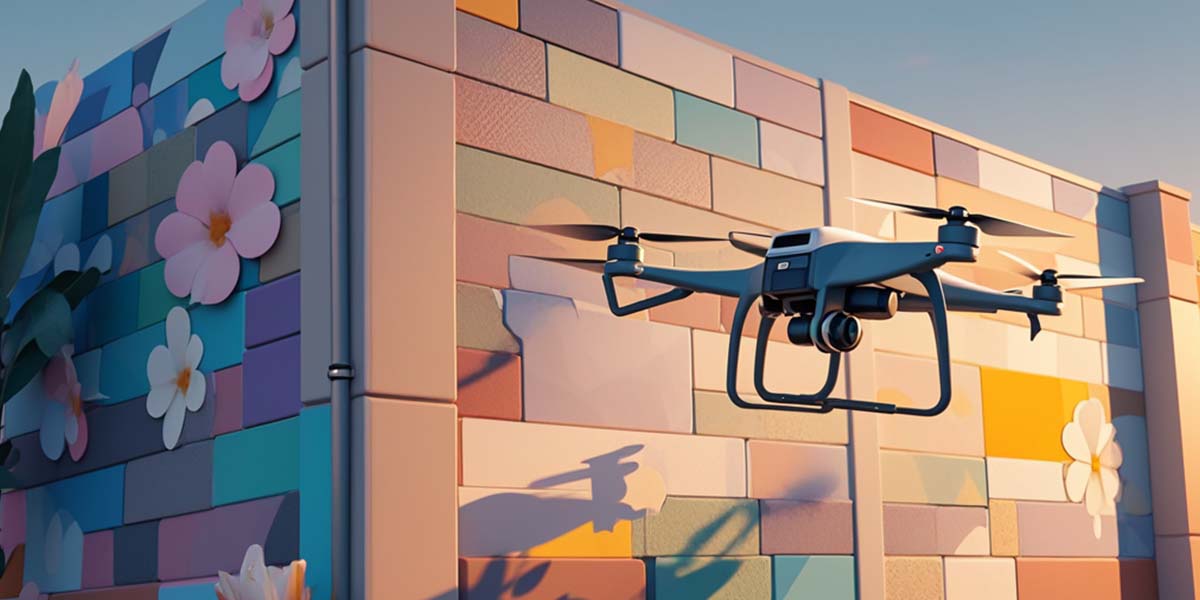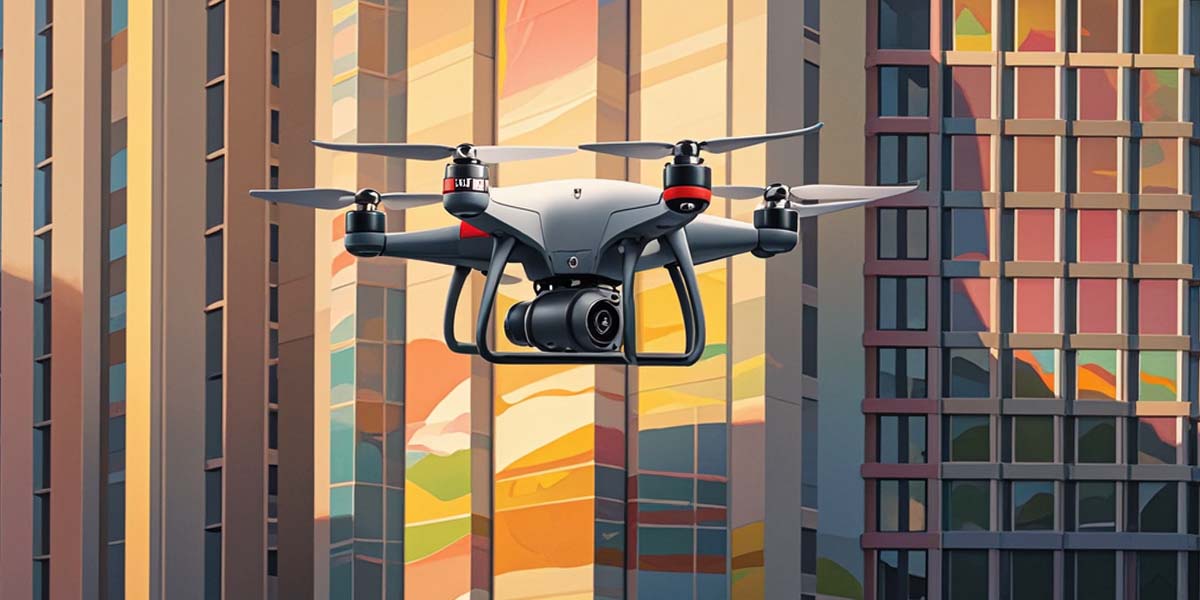Minnesota Legalizes Flying Cars, Exploring the Future of Smart Printing Technology
With the official implementation of the "flying car traffic regulations" in Minnesota, USA, a new era of transportation is slowly unfolding. In this era, flying cars are no longer a distant dream but are gradually becoming a real-world transportation tool. However, as air traffic becomes increasingly busy, how to effectively manage, guide, and ensure its safety has become an urgent problem to solve. In this context, the use of drones equipped with smart printing devices to achieve rapid on-site printing of large-scale buildings and advertisements in the air not only brings revolutionary changes to the air traffic identification system but also opens up a new territory for the advertising industry. The wide application of this technology will undoubtedly depict an unprecedented future scene for us.
1. Smart Printing Equipment: The Perfect Fusion of Technology and Art
The core technology in this future scene is the smart printing equipment configured inside the drone. This equipment combines high precision, high speed, and high flexibility, capable of receiving complex instructions from the control system. Based on preset drawing patterns or real-time design data, it can quickly complete printing tasks on the surface of large-scale buildings in the air. More strikingly, these smart printing devices can also combine 3D printing technology to create three-dimensional and vivid printing effects in the air, making identifications and advertisements more eye-catching and attractive.

The emergence of such smart printing equipment is a product of the perfect fusion of technology and art. It not only requires a high degree of technical precision and stability but also needs a deep understanding and grasp of artistic elements such as color, lighting, and composition. Only in this way can the printed content meet the strict requirements of air traffic management while attracting the public's attention and conveying unique information and beauty.
2. Innovation in Air Traffic Identification System
Driven by drone smart printing technology, the air traffic identification system will usher in unprecedented innovation. Traditional traffic signs are mostly fixed installations, which are not only costly and difficult to maintain but also difficult to adapt to rapidly changing traffic environments. Drone smart printing technology can easily solve these problems.
On the one hand, drones can dynamically adjust the printed content and location based on real-time traffic flow, weather conditions, special events, and other factors. For example, during peak traffic hours, temporary signs can be added to key road segments or intersections to guide flying cars to pass in an orderly manner; in bad weather conditions, warning information can be updated in a timely manner to remind pilots to be safe. This dynamic adjustment ability greatly improves the timeliness and effectiveness of air traffic identification.
On the other hand, drone smart printing technology can also achieve personalized customization of identifications. According to the traffic characteristics of different regions and periods, identification patterns with local characteristics or festive atmospheres can be designed, which not only beautifies the city skyline but also enhances the public's sense of participation and identity.
3. New Changes in the Advertising Industry
Besides innovating the air traffic identification system, drone smart printing technology has also brought new changes to the advertising industry. Traditional outdoor advertising mostly relies on fixed billboards or posters, which are not only limited by geographical location and size but also difficult to attract the attention of young consumers. However, drone smart printing technology breaks these limitations and provides infinite possibilities for advertising creativity.
Firstly, drones can print at any position in the air, whether it's the top of a high-rise building, the side of a bridge, or the empty square above, it can become a display stage for advertising. This flexibility and diversity enable advertisements to cover a wider audience, improving exposure and communication effects.
Secondly, drone smart printing technology can also combine 3D printing technology to create three-dimensional and dynamic advertising effects. For example, drawing realistic 3D patterns in the air, playing dynamic videos, or projecting light and shadow shows. These novel advertising forms can not only attract the public's attention but also stimulate consumers' interest and desire to purchase.

Finally, drone smart printing technology can also achieve precise advertising placement. Through big data analysis and artificial intelligence technology, it can accurately locate the geographical location, interests, and consumption habits of the target audience, thus tailor-making personalized advertising content for them. This precise delivery method not only improves the conversion rate of advertisements but also reduces the advertiser's delivery costs.
4. Looking Forward to the Future Scene
With the continuous development and popularization of drone smart printing technology, we can foresee a more colorful, convenient, and intelligent future scene. In this future world, air traffic will become more orderly, safe, and efficient; the advertising industry will glow with new vigor and vitality; and our lives will become more colorful due to the application of these technologies.
However, we should also clearly recognize that the realization of this future scene is not achieved in one step. It requires our continuous exploration and innovation in technology, improvement of laws and regulations, strengthening of supervision and collaboration, and other aspects. Only in this way can we ensure that drone smart printing technology can benefit humanity, protect the environment, and maintain public interests while promoting social progress.

